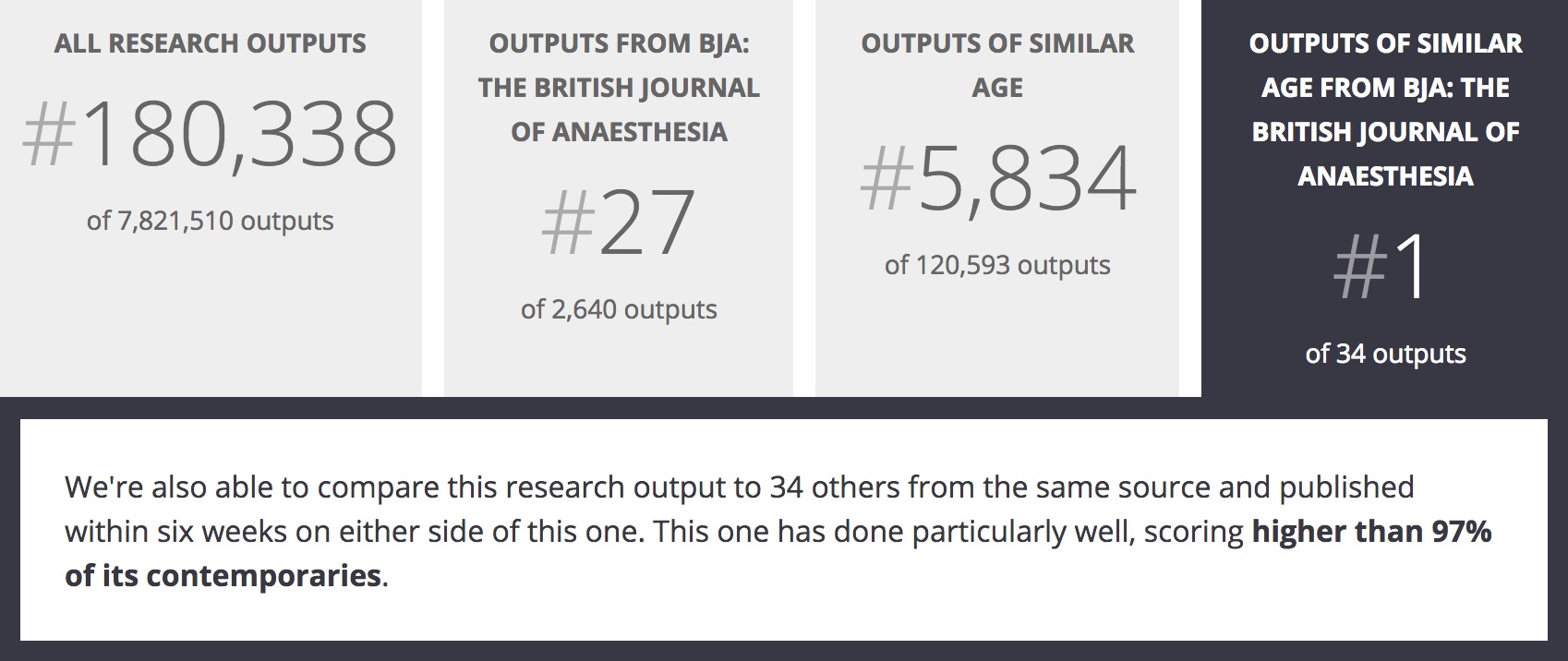iFA Endorsed Research: MihMoSa
Effect of isotonic versus hypotonic maintenance fluid therapy on urine output, fluid balance, and electrolyte homeostasis
Published in: British Journal of Anaesthesia BJA May 2017, Br J Anaesth aex118.
Authors:
First Online: 16 May 2017
DOI: https://doi.org/10.1093/bja/aex118
Cite this article as: Van Regenmortel N, De Weerdt T, Van Craenenbroeck AH, Roelant E, Verbrugghe W, Dams K, Malbrain MLNG, Van den Wyngaert T, Jorens PG. Br J Anaesth. 2017 May 16. doi: 10.1093/bja/aex118. [Epub ahead of print]
Download PDF: https://academic.oup.com/bja/article-pdf/doi/10.1093/bja/aex118/17158350/aex118.pdf
Abstract
Background
Daily and globally, millions of adult hospitalized patients are exposed to maintenance i.v. fluid solutions supported by limited scientific evidence. In particular, it remains unclear whether fluid tonicity contributes to the recently established detrimental effects of fluid, sodium, and chloride overload.
Methods
This crossover study consisted of two 48 h study periods, during which 12 fasting healthy adults were treated with a frequently prescribed solution (NaCl 0.9% in glucose 5% supplemented by 40 mmol litre−1 of potassium chloride) and a premixed hypotonic fluid (NaCl 0.32% in glucose 5% containing 26 mmol litre−1 of potassium) at a daily rate of 25 ml kg−1 of body weight. The primary end point was cumulative urine volume; fluid balance was thus calculated. We also explored the physiological mechanisms behind our findings and assessed electrolyte concentrations.
Results
After 48 h, 595 ml (95% CI: 454–735) less urine was voided with isotonic fluids than hypotonic fluids (P<0.001), or 803 ml (95% CI: 692–915) after excluding an outlier with ‘exaggerated natriuresis of hypertension’. The isotonic treatment was characterized by a significant decrease in aldosterone (P<0.001). Sodium concentrations were higher in the isotonic arm (P<0.001), but all measurements remained within the normal range. Potassium concentrations did not differ between the two solutions (P=0.45). Chloride concentrations were higher with the isotonic treatment (P<0.001), even causing hyperchloraemia.
Conclusions
Even at maintenance rate, isotonic solutions caused lower urine output, characterized by decreased aldosterone concentrations indicating (unintentional) volume expansion, than hypotonic solutions and were associated with hyperchloraemia. Despite their lower sodium and potassium content, hypotonic fluids were not associated with hyponatraemia or hypokalaemia.
Clinical trial registration
ClinicalTrials.gov (NCT02822898) and EudraCT (2016-001846-24).
iFA Unrestricted Educational Grant
The costs covering the open access publication of this article were covered by the International Fluid Academy (IFA). The IFA is integrated within the not-for-profit charitable organization iMERiT (International Medical Education and Research Initiative) under Belgian Law, and IFA website (http://www.fluidacademy.org) is an official SMACC (Social Media and Critical Care) affiliated site, based on the philosophy of FOAM (Free Open Access Medical Education).
picture courtesy of http://www.cepolina.com/du/mimosa-boom-dikke-bloemen.htm


